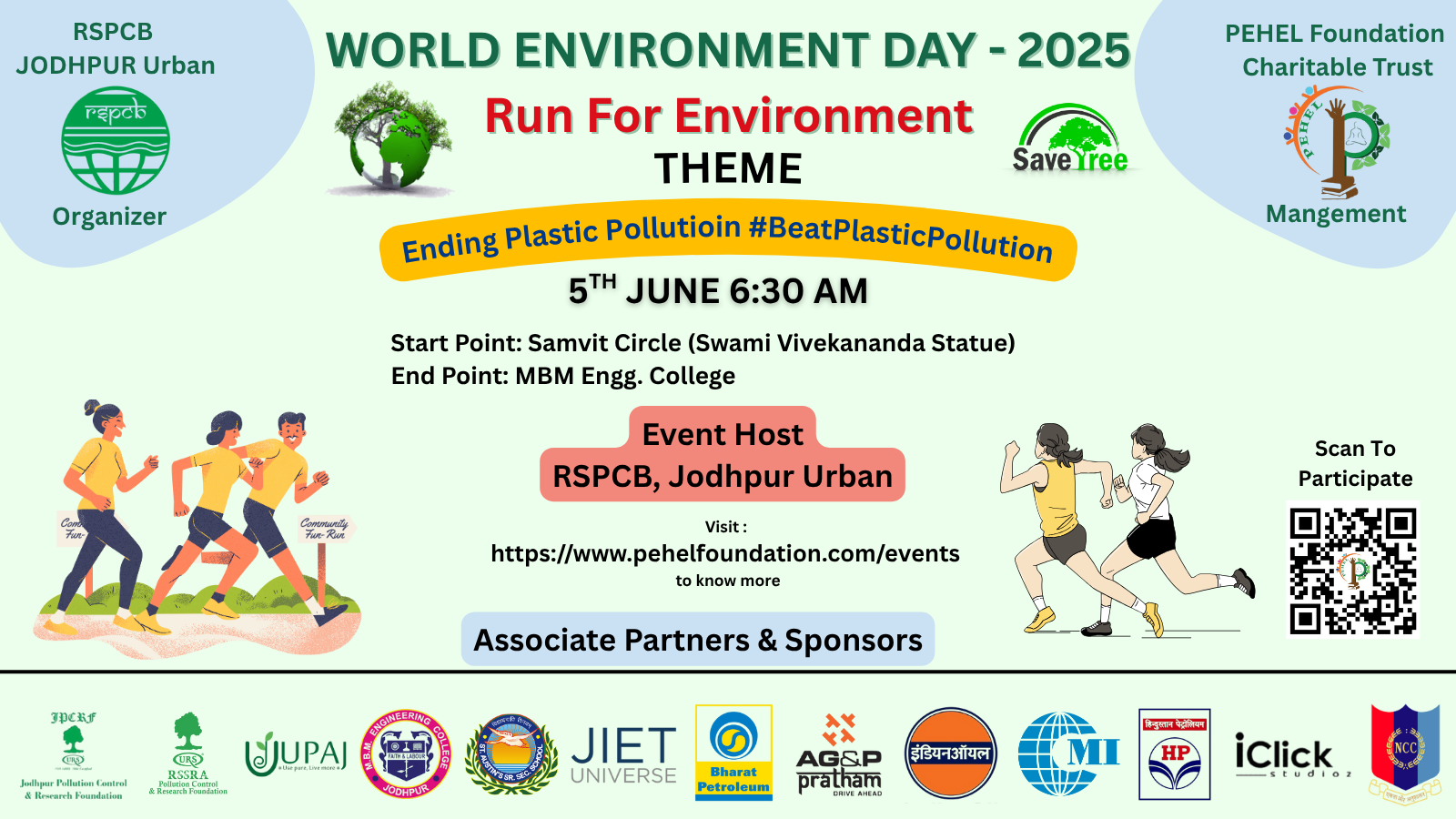WATER SAVING
Water Saving: A Crucial Step Toward Sustainability
Introduction
Water is one of the most precious natural resources on Earth. It sustains life, supports ecosystems, and is essential for agriculture, industry, and domestic use. However, due to population growth, climate change, and increasing industrial activities, water scarcity is becoming a global crisis. It is imperative for individuals, businesses, and governments to adopt water-saving measures to ensure a sustainable future.
Importance of Water Conservation
Water conservation is not just about reducing usage; it is about ensuring availability for future generations. Freshwater accounts for only about 2.5% of the Earth's total water supply, and much of it is trapped in glaciers and ice caps. The remaining accessible freshwater must be used judiciously to meet the growing demands of human civilization.
Key reasons to save water include:
-
Preventing Water Scarcity: Overuse of water depletes reservoirs, lakes, and groundwater, leading to shortages.
-
Reducing Energy Consumption: Pumping, treating, and heating water require significant energy. Saving water reduces energy demand and lowers carbon emissions.
-
Protecting Ecosystems: Aquatic habitats depend on a stable water supply. Excessive water consumption can disrupt ecosystems and endanger species.
-
Agricultural Sustainability: Agriculture consumes about 70% of global freshwater. Efficient water use can improve food security and reduce wastage.
Water-Saving Techniques for Households
Households account for a substantial portion of water consumption. Implementing small changes in daily routines can lead to significant savings.
1. Efficient Use of Water in Bathrooms
-
Install low-flow showerheads and faucets to reduce water flow without compromising efficiency.
-
Take shorter showers and turn off the tap while brushing your teeth or shaving.
-
Fix leaks promptly, as a dripping faucet can waste hundreds of liters of water annually.
-
Use dual-flush toilets or place a water displacement device in toilet tanks to minimize water per flush.
2. Water Conservation in the Kitchen
-
Wash vegetables in a bowl rather than under a running tap.
-
Use a dishwasher only when it is fully loaded to maximize efficiency.
-
Opt for water-efficient appliances, such as Energy Star-rated dishwashers and refrigerators.
-
Reuse water where possible, such as using leftover cooking water for plants.
3. Outdoor Water Management
-
Water gardens and lawns early in the morning or late in the evening to minimize evaporation.
-
Use drought-resistant plants that require less water.
-
Install rain barrels to collect and reuse rainwater for irrigation.
-
Use a broom instead of a hose to clean driveways and sidewalks.
Industrial and Agricultural Water Conservation
Industries and agriculture are major consumers of water. Implementing conservation strategies in these sectors can significantly reduce water usage.
1. Industrial Water Efficiency
-
Adopt water recycling and reuse systems to minimize freshwater intake.
-
Optimize cooling and heating systems to reduce water wastage.
-
Implement strict monitoring and leakage detection systems to prevent water loss.
-
Use advanced technologies like reverse osmosis and desalination where feasible.
2. Agricultural Water Management
-
Employ drip irrigation systems, which deliver water directly to plant roots, reducing wastage.
-
Practice rainwater harvesting and storage for agricultural purposes.
-
Grow crops suited to the local climate to minimize excessive water use.
-
Rotate crops and use cover crops to maintain soil moisture levels.
Government Policies and Global Initiatives
Governments worldwide are implementing water conservation policies and initiatives to combat water scarcity.
-
Water Pricing and Regulation: Many countries impose tariffs on excessive water consumption to encourage responsible use.
-
Infrastructure Development: Investments in smart water grids, leak detection technologies, and efficient sewage treatment plants help reduce wastage.
-
Public Awareness Campaigns: Governments run educational programs to promote water-saving habits among citizens.
-
International Collaborations: Global organizations such as the UN and World Bank fund water conservation projects in water-stressed regions.
Role of Technology in Water Conservation
Advancements in technology are playing a crucial role in water conservation efforts. Some innovative solutions include:
-
Smart Meters: These devices monitor water usage in real-time and help detect leaks.
-
Water Recycling Systems: Greywater recycling systems allow households and industries to reuse water for non-drinking purposes.
-
Desalination Plants: Converting seawater into freshwater is becoming a viable option in arid regions.
-
IoT-Based Irrigation Systems: Smart irrigation systems use sensors and data analytics to optimize water usage in agriculture.
Community Involvement and Individual Responsibility
Water conservation requires collective action. Communities can take the following steps:
-
Educate and Raise Awareness: Conduct workshops, social media campaigns, and local meetings to spread knowledge about water-saving methods.
-
Encourage Rainwater Harvesting: Promote the installation of rainwater collection systems in residential and commercial buildings.
-
Participate in Clean-Up Drives: Keeping water bodies clean helps maintain a sustainable water supply.
-
Support Sustainable Practices: Advocate for businesses and industries that prioritize water conservation.
Conclusion
Water is a finite resource that must be managed wisely to sustain life and future generations. Simple actions, such as fixing leaks, using water-efficient appliances, and practicing mindful consumption, can make a significant difference. Industries and governments also have a responsibility to implement policies and technologies that promote water conservation. By working together, we can ensure that water remains available for all and protect the planet from the devastating effects of water scarcity. Every drop counts, and each of us has a role to play in preserving this invaluable resource.




